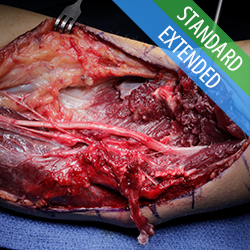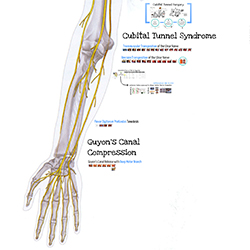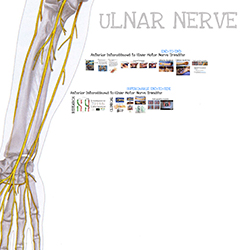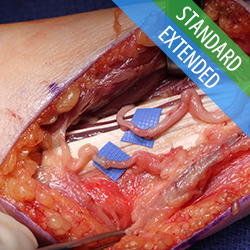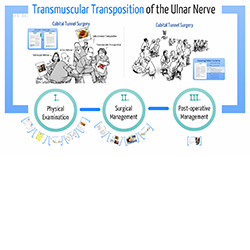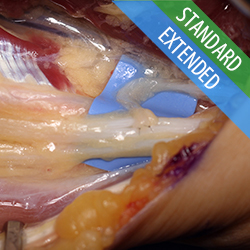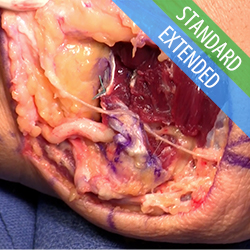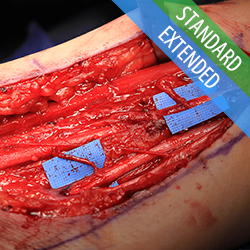Failed surgical management of cubital tunnel syndrome may warrant a revision ulnar nerve transposition. Revision surgery is associated with increased technical difficulty depending on the primary procedure. The senior author’s preferred technique for management of cubital tunnel syndrome is a transmuscular ulnar nerve transposition. The technique for revision surgery incorporates methods towards a transmuscular transposition. […]
Revision Ulnar Nerve Transposition Following Failed Submuscular Ulnar Nerve Transposition
